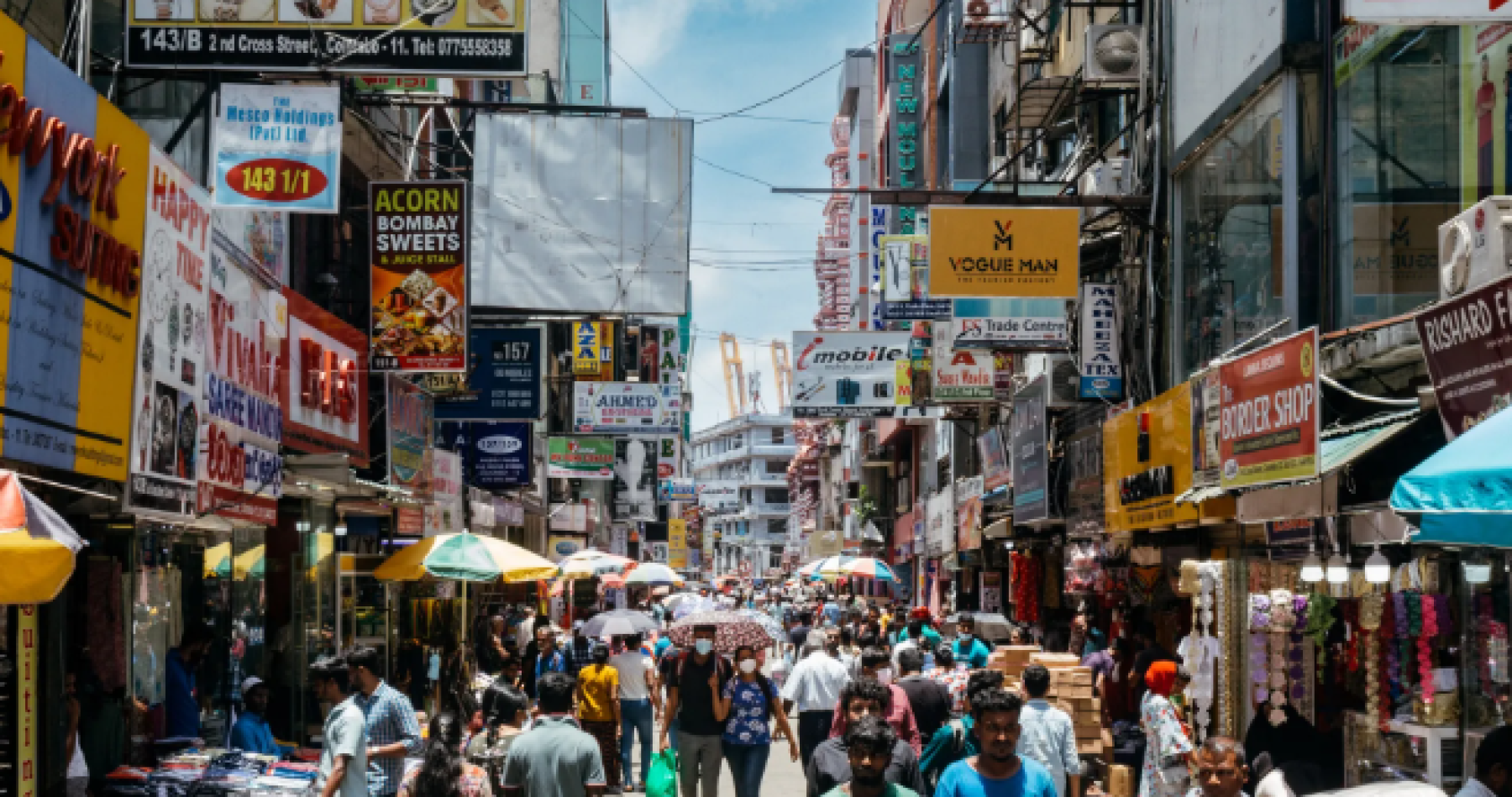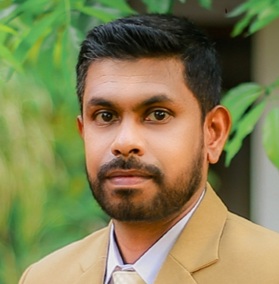Sri Lanka’s Fiscal Fork: Reforms, Recovery & the Private Sector’s Path Forward

Summary Report: "Sri Lanka at a Fiscal Crossroads – Reforms, Resilience, and the Role of the Private Sector"
Event Overview
This Continuing Professional Development (CPD) event which was held on Friday 23rd May 2025, organized by the Association of Kandy Chartered Accountants, featured a keynote address by Professor Wasantha Athukorala, is the Director, Postgraduate Institute of Humanitarian and Social Sciences at the University of Peradeniya, a renowned economist specializing in environmental and agricultural economics. The session addressed Sri Lanka’s ongoing fiscal challenges, the state of economic reforms, and the evolving role of the private sector in recovery and growth.
Key points highlighted during the Session
Economic Context & Historical Growth Trends
- Sri Lanka's GDP per capita has largely stagnated over six decades, failing to keep pace with other Asian economies such as South Korea, Malaysia, and Singapore.
- The 2022 economic crisis led to IMF intervention. Gradual economic stabilization followed in 2023–2024, with GDP growth turning positive, though real GDP remains flat while nominal GDP grows due to inflation. He commented about key areas of economic crisis and recovery.
Public Debt and Fiscal Status
- Public debt increased from USD 81.7 billion in 2022 to USD 106 billion by the end of 2024, surpassing GDP (~USD 100 billion).
- Domestic debt rose significantly, though external debt restructuring with China, India, Japan, and ISB creditors has been partially achieved.
- An Extended Fund Facility (USD 2.9 billion over 46 months) was approved in 2023 with clear fiscal and macroeconomic targets (e.g., revenue-to-GDP of 15.1%).
Fiscal Consolidation and Government Budget
- Budget 2025 targets revenue of LKR 4.94 trillion, an increase of LKR 909 billion, largely from taxes on income, goods or services, and trade is government target of Revenue Mobilization.
- Government Expenditure Composition as indicated below,
- Interest payments: LKR 2.95 trillion (41% of total).
- Public investments: LKR 1.31 trillion.
- Subsidies and salaries also form major components.
- Government loses LKR 6.16 billion daily, with interest payments alone costing LKR 8 billion per day comparing to the daily revenue.
Structural Issues Highlighted
- It was highlighted Tax Base Weakness such as Only ~5% of employed population pays PAYE tax and total taxpayers is 1.6 million vs. 4.7 million employees.
- Labor force participation below 50%; 9.1 million economically inactive is major issue in labor force in Sri Lanka.
- Most of Subsidy Inefficiencies noted in the government expenditures. Over 40% of rural households receive Ashwasuma support. Suggested reforms include compulsory community work or farming in exchange for benefits
Trade and Economic Composition
- Daily per-household imports (~LKR 2,882) far exceed exports (~LKR 1,956) is an indication of Import/Export Imbalance.
- High dependency on a few commodities (e.g., tea, textiles etc) and a few countries (India, China, USA).
- Imbalance of Sectoral Contribution vs. Labor Share is important aspect in the economy such as Agriculture sector employed 26% of labor force returning 8.3% GDP but Industry & Services show better productivity in terms of contribution to the economy.
Reforms and Governance Measures
- Public Sector Reforms such as Debt Management Act (2024), new centralized debt office.
- Focus on profitability, especially Ceylon Electricity Board will enhance efficiency in SOEs.
- Launch of GoPay for government transactions, RAMIS for tax administration enhancing digitalization and transparency.
- IMF-Driven Reforms such as Energy price cost recovery, taxation adjustments, anti-corruption laws.
Private Sector & SME Role
- SMEs account for 52% of GDP, 45% of employment, and 20% of exports is a key driving force of the economy.
- Few challenges encountered by the SMEs are Complex tax system, unpredictability, limited SME support.
- World Bank Supported by offering USD 1 billion package (2025) to stimulate job creation and investment in renewable energy, tourism, and agriculture in SME sector.
Public Sentiment & Policy Effectiveness
- There is disparity between policy and reality in the economy implied by Inflation statistics do not reflect true cost-of-living increases.
- Lack of a Clear Long-Term Debt Repayment Plan highlighted. Since by 2028, Sri Lanka needs USD 4–5 billion annually for repayments, but lacks a transparent roadmap.
- Stagnant Momentum: After initial post-crisis recovery, economic momentum has faded; reforms have not translated into widespread public or investor confidence.
Key Recommendations & Insights by Prof. Athukorala
- Reform Subsidy Model - Tie welfare to community work or productivity (e.g., agriculture).
- Broaden Tax Base - Simplify and enforce collection, particularly from high-income professionals.
- Private-Public Partnerships - Improve services (e.g., railways) through private sector involvement.
- Transparency & Long-Term Planning - Government must articulate a clear 20-year debt repayment and growth strategy.
Conclusion
Professor Athukorala emphasized that Sri Lanka is at a critical fiscal and developmental juncture. While some macro-stability has been restored through IMF-led policies, deep structural reforms particularly in taxation, public sector efficiency, and private sector enablement are essential. He called for practical, inclusive, and politically realistic reforms to rebuild resilience and enable long-term sustainable growth.
Download : Presentation of Professor Athukorala
Artilce by : Asiri Gunasena (ACA) ,Member -AKCA

The full video is available below.
